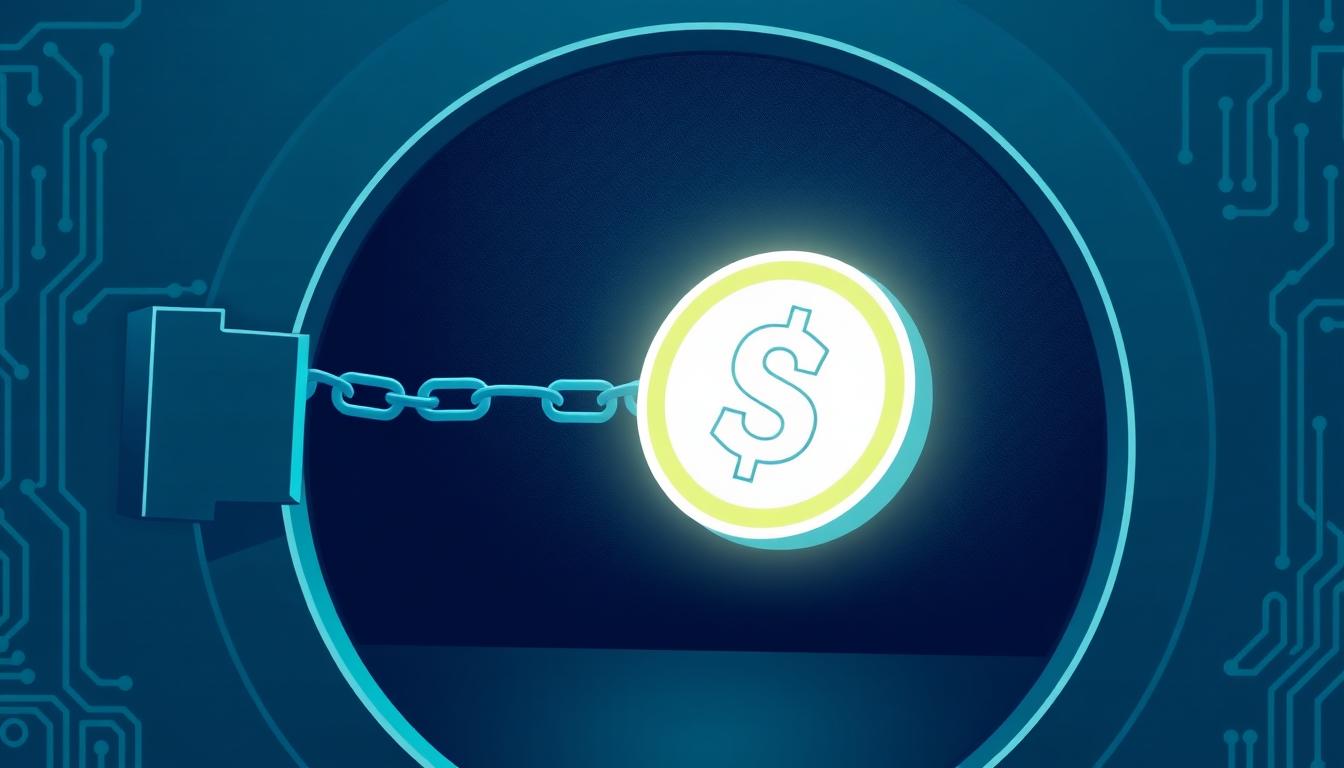Gemini, the crypto exchange founded by Tyler and Cameron Winklevoss, surged in its first day of trading on the Nasdaq. The stock, trading under the ticker GEMI, opened well above its IPO price and drew heavy interest from traders and long-term crypto followers. For investors, the debut raises a big question. Is this the start of a new wave of crypto-equity momentum, or just a hot first day pop?
In this post, I break down the numbers, the business, the risks, and what to watch next if you are considering GEMI or tracking crypto exchange stocks.
What Happened on IPO Day
Gemini priced its IPO at $28 per share after raising $425 million. The stock opened at $37.01, jumped intraday as high as $45.89, and closed up about 14% on the day at $32. That early gap up signals strong demand, and it also shows how much enthusiasm still exists for credible crypto brands that can list on major U.S. exchanges.
Valuation Snapshot
At pricing, Gemini’s valuation came in around $3.3 billion. That figure sets a baseline for comparing Gemini with other listed exchange operators and crypto-native firms. The premium over the initial price range suggests investors gave the brand, liquidity potential, and growth story early credit.
Business Model in Brief
Gemini’s core is its cryptocurrency exchange, where it earns trading fees on spot volumes. It also offers:
- A U.S. dollar-backed stablecoin product.
- A credit card with crypto rewards.
- Institutional custody for clients that need secure storage.
These add-ons matter because fee take rates on trading can compress during down cycles. Diversified revenue can soften the blow when volumes fall.

Financial Reality Check
Enthusiasm aside, the company is not yet profitable. According to filings, Gemini reported a net loss of $159 million in 2024, and a $283 million loss in the first half of 2025. Losses do not kill the story, but they do shape the risk profile. To win investors over long term, Gemini will need to:
- Grow volumes and market share.
- Improve unit economics on trading and custody.
- Expand higher-margin revenue lines like custodial services and institutional tools.
Why This IPO Matters
This debut is a confidence signal for crypto infrastructure in public markets. A U.S.-listed, regulated exchange operator with strong brand recognition provides:
- A cleaner proxy for crypto adoption than pure token exposure.
- A way for institutions to participate without holding bitcoin or other tokens directly.
- More transparency for the sector through quarterly reporting.
The Winklevoss Factor
The founders bring mainstream awareness and early credibility. They were early bitcoin backers and vocal advocates for clear crypto rules. Their presence will help with press, partnerships, and recruiting. The other side of that coin is expectations. The market will hold them to a high standard on risk management, security, and compliance.

Growth Levers to Watch
- Retail trading cycles: Volumes spike when crypto prices rise and headlines hit. Gemini wins most when activity is broad, not just bitcoin-led.
- Institutional custody: Secure storage and services for funds, treasuries, and fintech partners can be sticky and higher margin.
- Geographic expansion: New licenses and market entries can open fresh volume. Execution and compliance are critical.
- Product breadth: Staking, advanced order types, derivatives access (where allowed), and API performance can attract active traders and market makers.
Key Risks
- Market cyclicality: Crypto bear markets hit volumes hard. Revenue can be volatile.
- Regulation: Changes in U.S. or global policy can affect listings, stablecoins, and product scope.
- Competition: Other exchanges fight on fees, liquidity, product range, and incentive programs. Switching costs for traders are not very high.
- Security: Any breach, even if small, can damage trust and trigger outflows.

How to Think About Valuation
With companies like this, price-to-sales and volume sensitivity matter more than near-term earnings. Consider:
- Take rate stability: Even small fee changes can swing revenue.
- Mix shift: More institutional custody or premium services can lift margins.
- Operating leverage: Can fixed costs scale as volumes rise, or will compliance and security spending keep pace with growth?
Investor Playbook: 3 Approaches
- Momentum trade: If GEMI holds above the IPO price and builds a base, traders may ride strength into the first earnings report. Set clear risk limits.
- Accumulate on dips: Long-term believers in regulated crypto exchanges might build a position during quiet periods or broader crypto pullbacks.
- Wait-and-see: Some investors prefer to watch one or two quarters for guidance on losses, cash burn, and traction in custody and stablecoin services.
What Would Change the Story
- Sustained volume growth across multiple coins, not just bitcoin.
- Clear regulatory wins or new licenses that expand products or regions.
- Strong institutional partnership announcements.
- A path to breakeven that shows operating leverage without sacrificing security.
Bottom Line
Gemini’s Nasdaq debut shows there is still strong demand for credible crypto infrastructure plays. The pop is encouraging, but long-term returns depend on execution in a cyclical and regulated market. If you want crypto exposure with public company transparency, GEMI is now on the list. Just pair any enthusiasm with a sober view of risks, watch the quarterly numbers, and respect the tape.
To contact us click Here .

